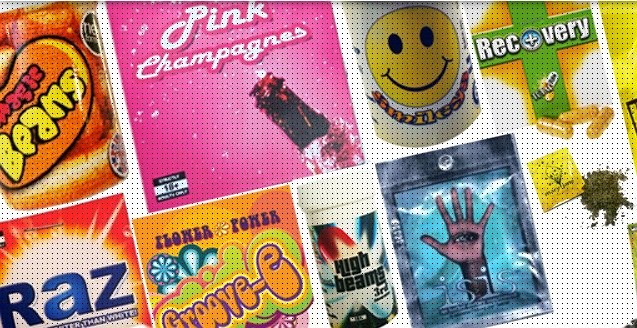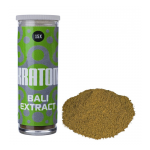What Are Legal Highs? (Only the Facts)

Misinformation on legal highs makes matters worse. Get the facts (and stay out of trouble).
What are legal highs? Also called designer drugs, club drugs, new psychoactive substances (NPS) or synthetic cannabinoids, legal highs are substances taken, consumed or used as illegal drugs, such as cannabis and cocaine, but they’re not covered by current laws on misuse of drugs, making them legal to sell, manufacture, possess or use.
And what are legal highs used for? Because these substances mimic similar effects as illicit drugs, including MDMA and cocaine, users consume legal highs for experiencing effects of sedatives/downers, stimulants or hallucinogens/psychedelics.
What are legal highs like? Designer drugs come in powder forms, pills, liquids, perforated tabs and smoking mixtures and marketed as legal substances (but they’re not for human consumption, as what you’ll normally find on product labels and are still illegal to sell under medicine laws) .
Usually taken orally, added to drinks, smoked or swallowed, legal highs are called by trade names, including spice (herbal smoking mixture), eclipse (herbal ecstasy), liquid gold (poppers), Cloud 9 (herbal ephedrine or ecstasy) and herbal Viagra and are commonly used by festival goers, young people and clubbers.
But what are legal highs made of? Currently, there are three categories, namely, party pills or herbal highs, synthetic cannabis and drug analogues/research chemicals.
You have to know…
- That party pills (herbal highs) have similar effects as amphetamines or ecstasy;
- That synthetic cannabis have similar effects as delta-9 tetrahydrocannabinol (THC);
- And that research chemicals belong to the group of cathinones, tryptamines and mephedrone (all possessing psychoactive properties)
What are legal highs supposed to be for? As marketed (to get round the law), legal highs are (meant to use as) bath salts, herbal incense, social tonics, aphrodisiac teas and deodorizers. Sad truth is that they’re not used for said purposes but for ‘getting high,’ and once they are banned (Latest: ethylphenidate, 3, 4-Dichloromethylphenidate, Methylnaphthidate, Isopropylphenidate and Propylphenidate), makers keep out of drug policy trouble by developing new chemicals to replace them.
Photo Credit: Ross Thomson

















not done legal high in past but done speed before. Wanting to know what is the best legal highs alternatives.
Jacob, you can search “Research Chemical” and find many alternatives there. Just be careful before you take any because it can be harmful in some case.